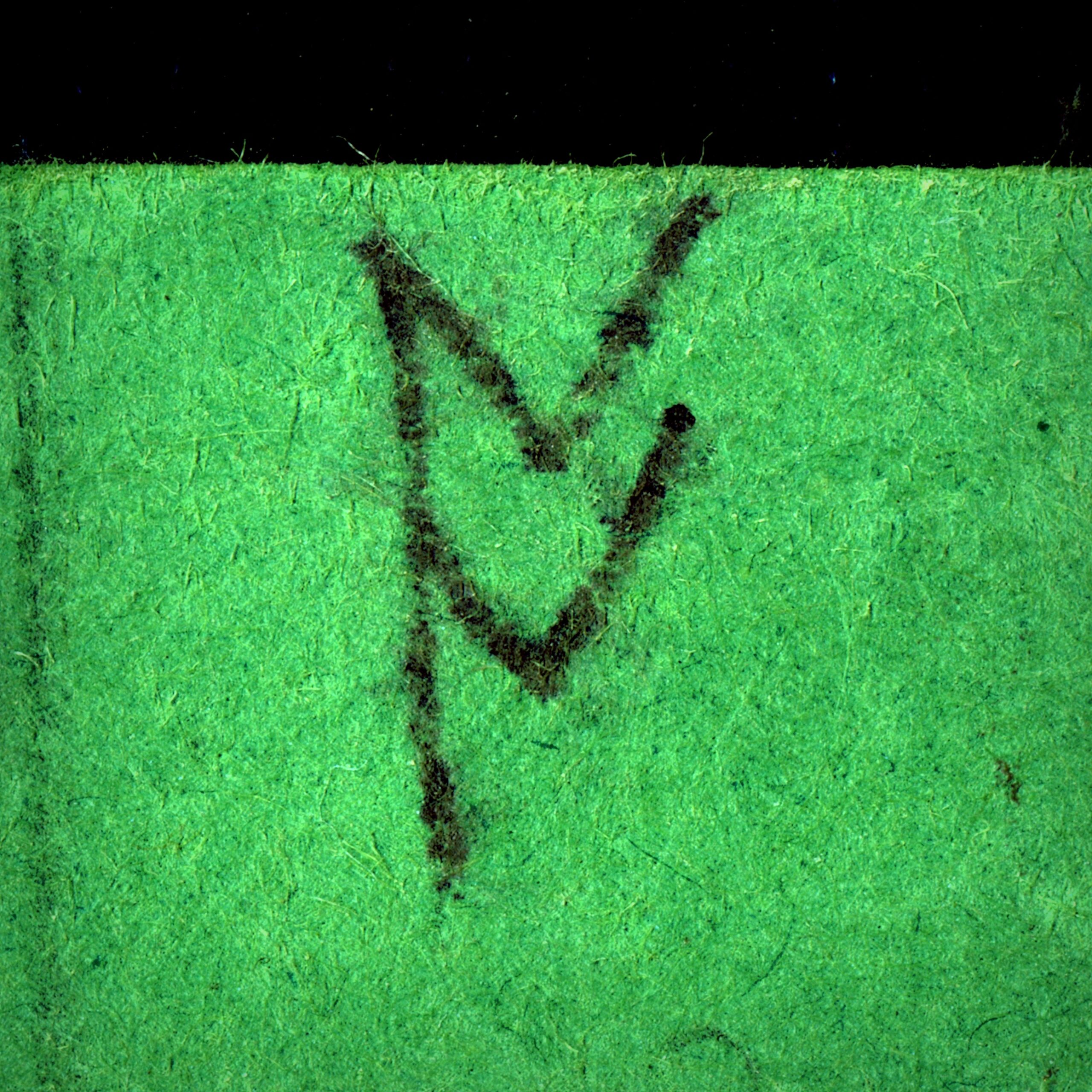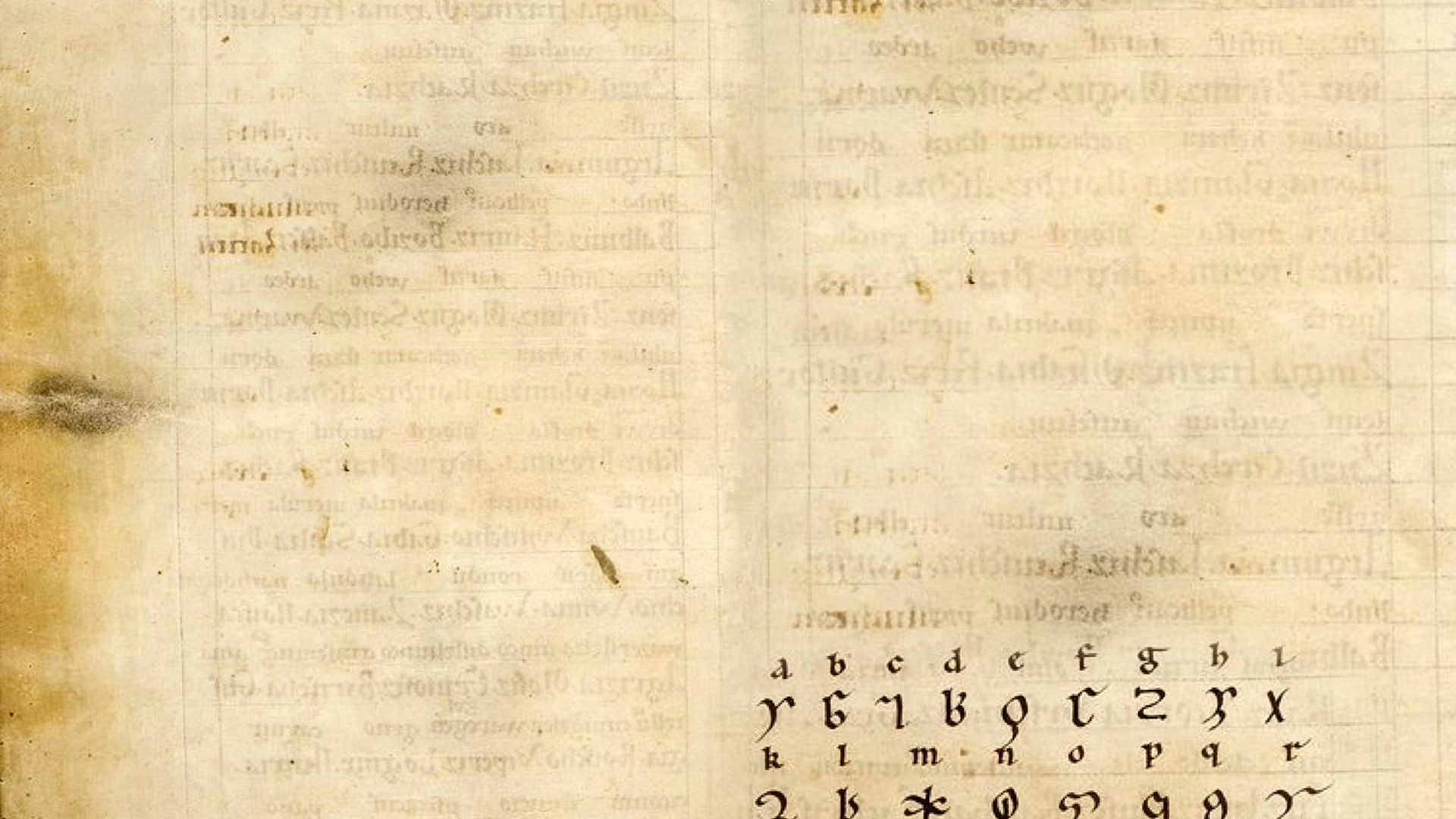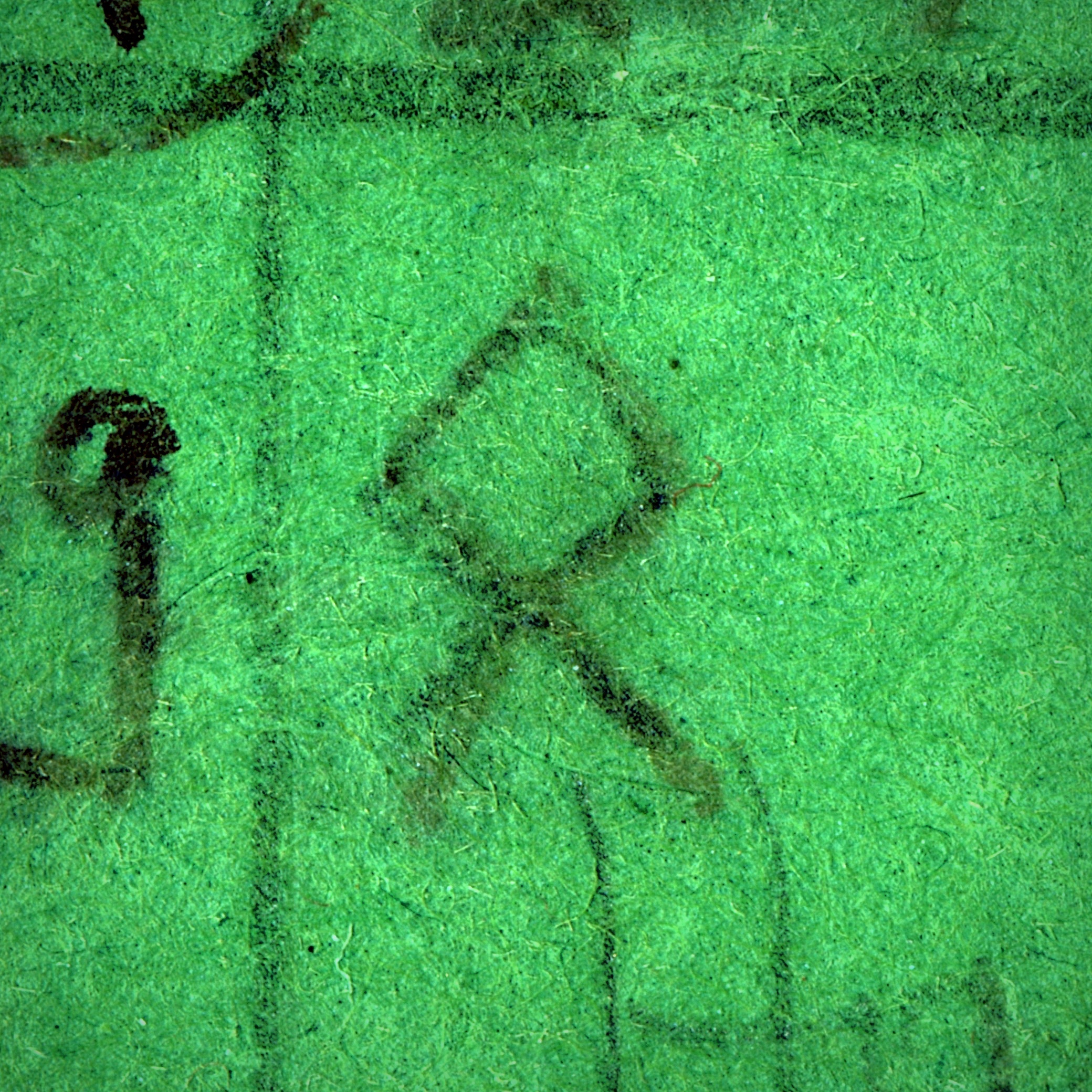 O ᛟ, you shapeshifter. Once you signified all O sounds, until you slipped sideways and joined up with E. Twins you were, they spelled you two ways Œþel and Eþel, depending on what you sounded like where they wrote your name, and when. (O Œþel, you were first in your birth order, if conjoined twins have a birth order.) O ᛟ, ᚩ took your O sound away. What can you do with a wordy god? Without O you get confused with ᛖ a lot. Eh, what do you care? You grew up to be a pictograph in your own right. A whole word world you are, doing the job of several letters in just one shape.
O ᛟ, you shapeshifter. Once you signified all O sounds, until you slipped sideways and joined up with E. Twins you were, they spelled you two ways Œþel and Eþel, depending on what you sounded like where they wrote your name, and when. (O Œþel, you were first in your birth order, if conjoined twins have a birth order.) O ᛟ, ᚩ took your O sound away. What can you do with a wordy god? Without O you get confused with ᛖ a lot. Eh, what do you care? You grew up to be a pictograph in your own right. A whole word world you are, doing the job of several letters in just one shape.
Carve the ᚷ rune. Now put a roof on it. What a gift to have a home.
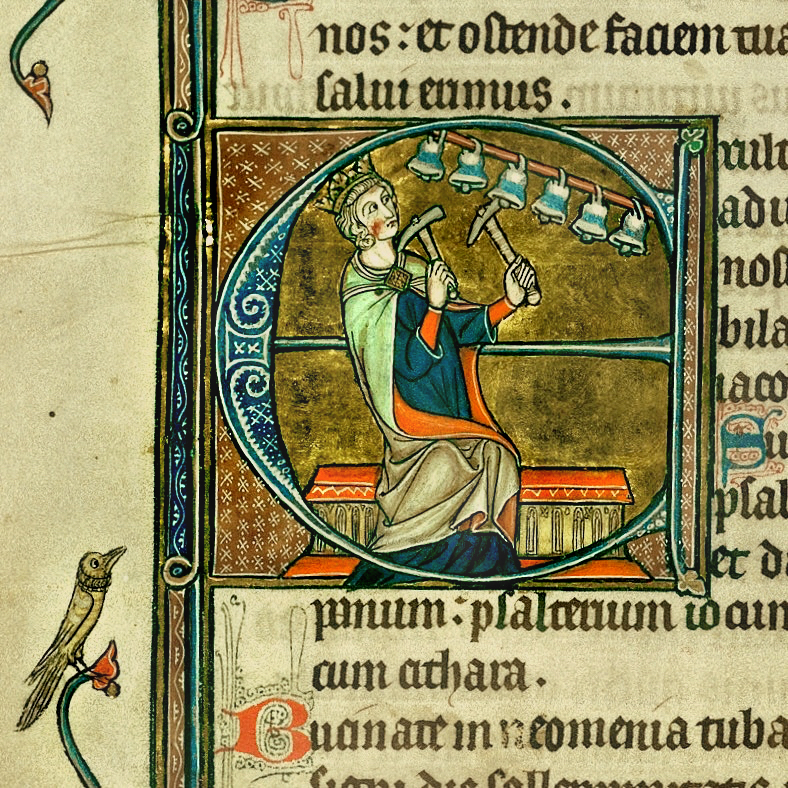



 Os means God, non specified, though this stanza might be talking about a specific one. There are other specific gods in the Rune Poem.
Os means God, non specified, though this stanza might be talking about a specific one. There are other specific gods in the Rune Poem. 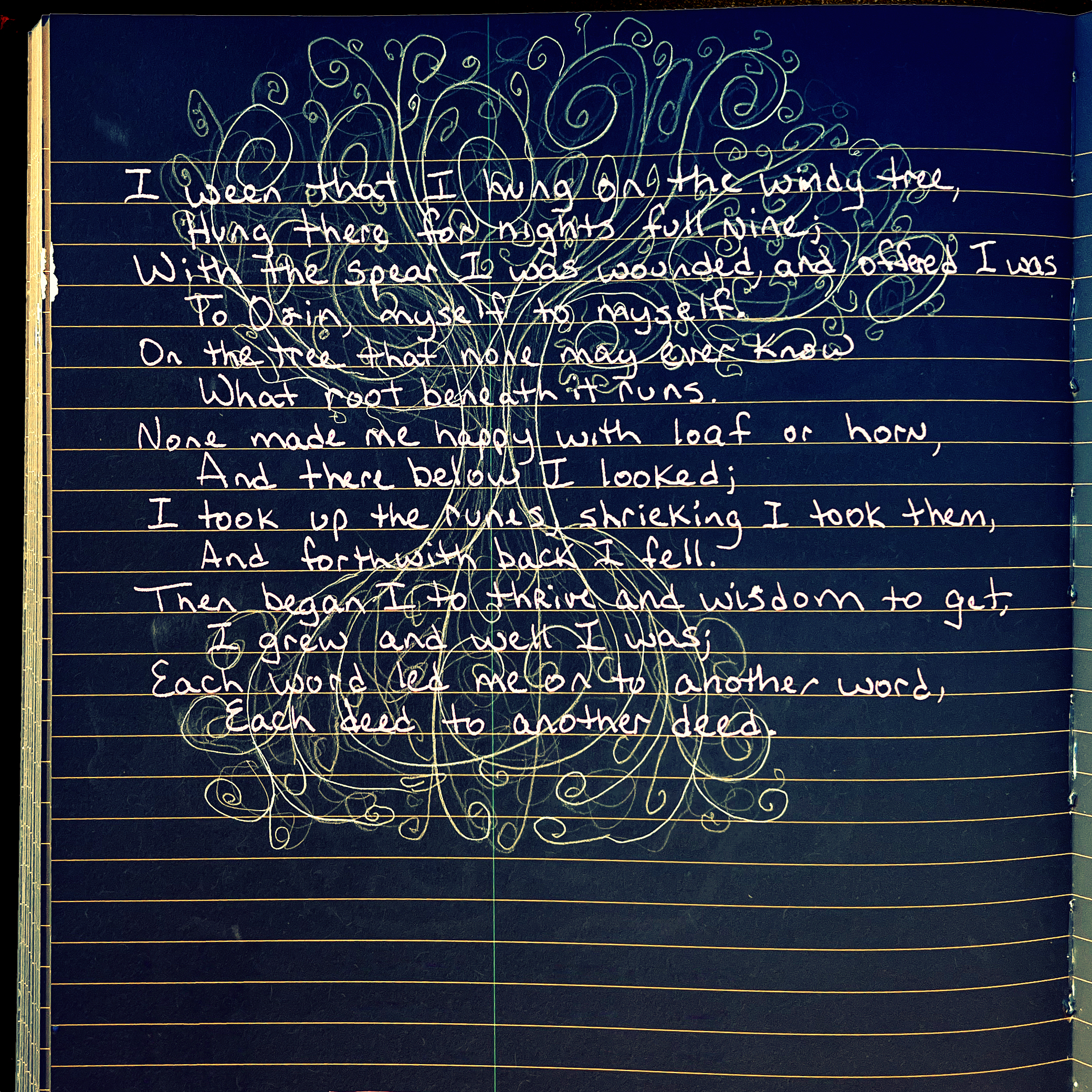
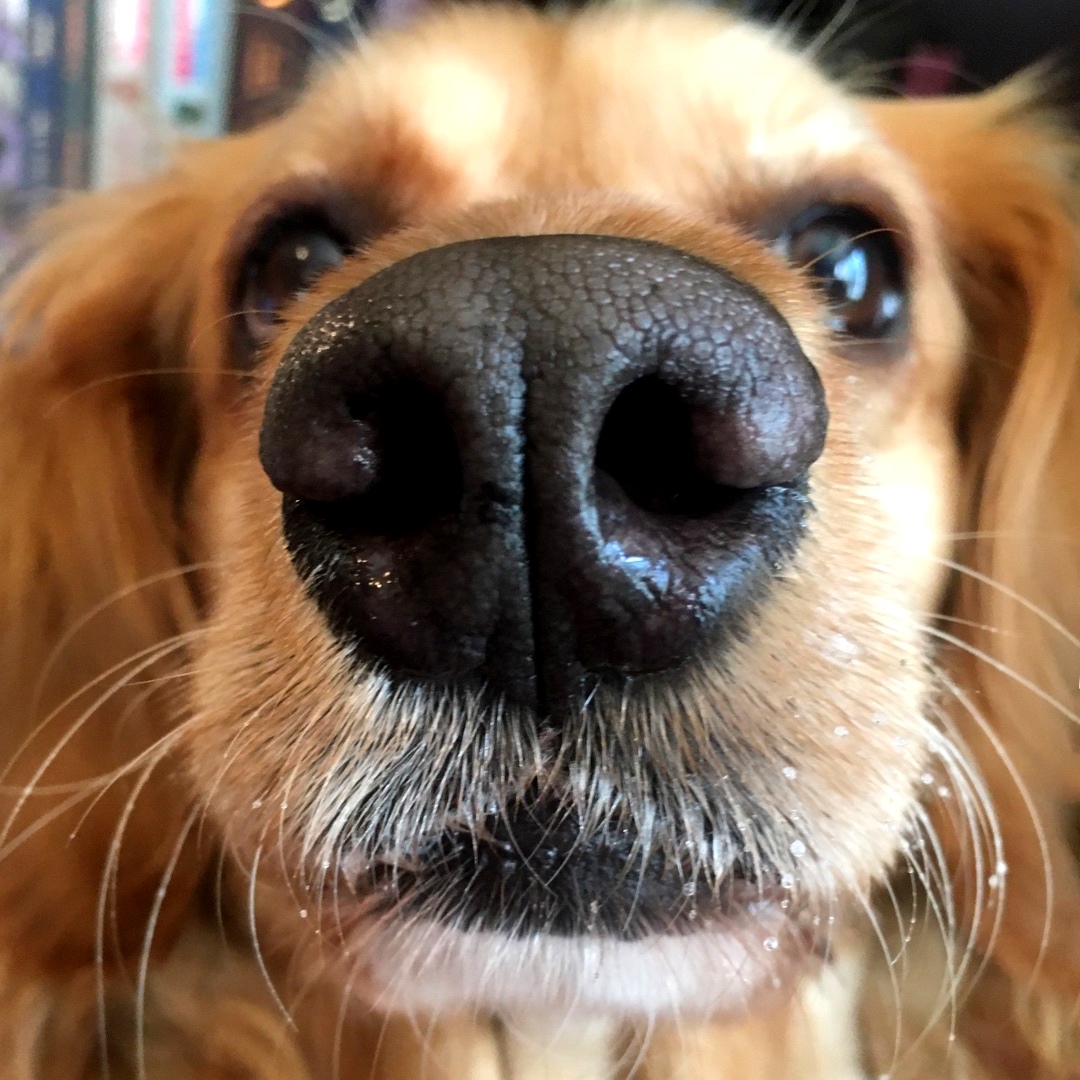
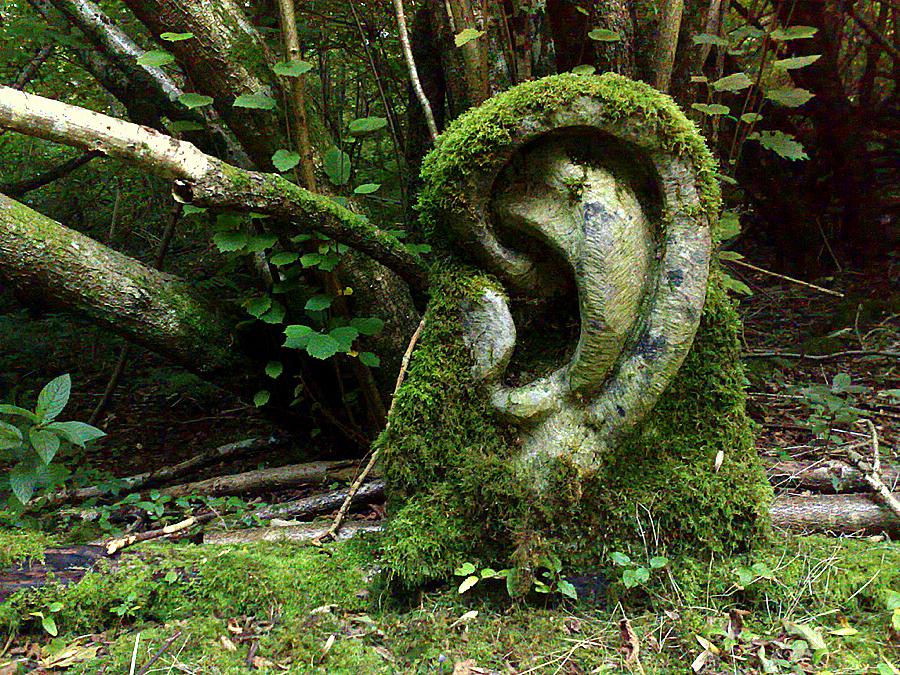 You want to hear from your God and got the God rune. You pulled a rune that tells you to
You want to hear from your God and got the God rune. You pulled a rune that tells you to 
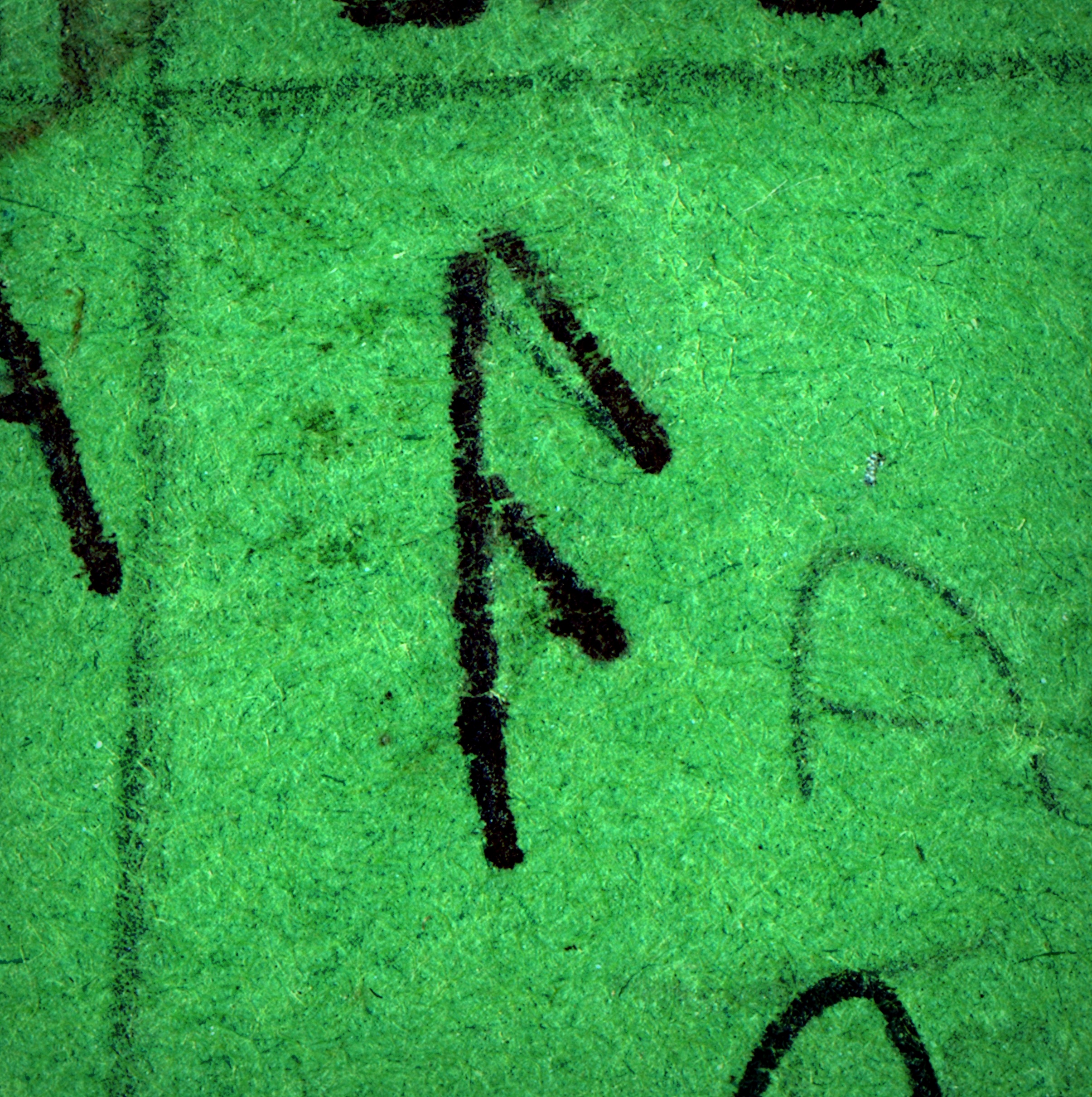 The
The 